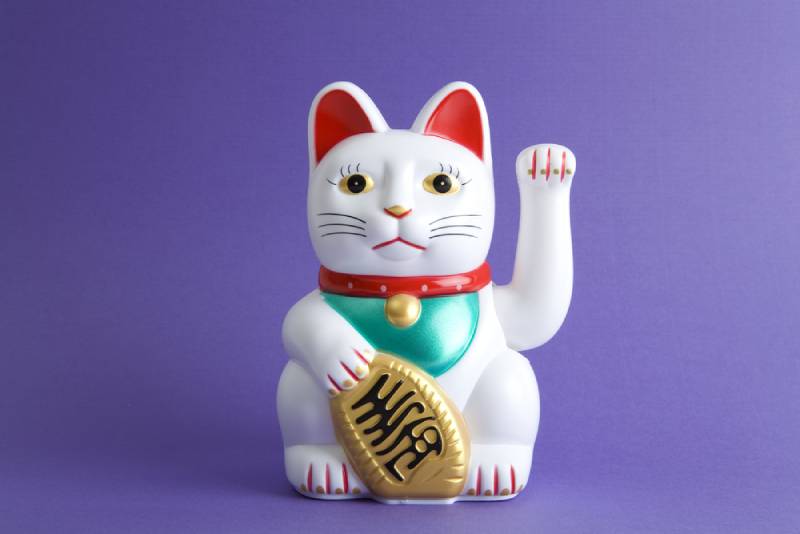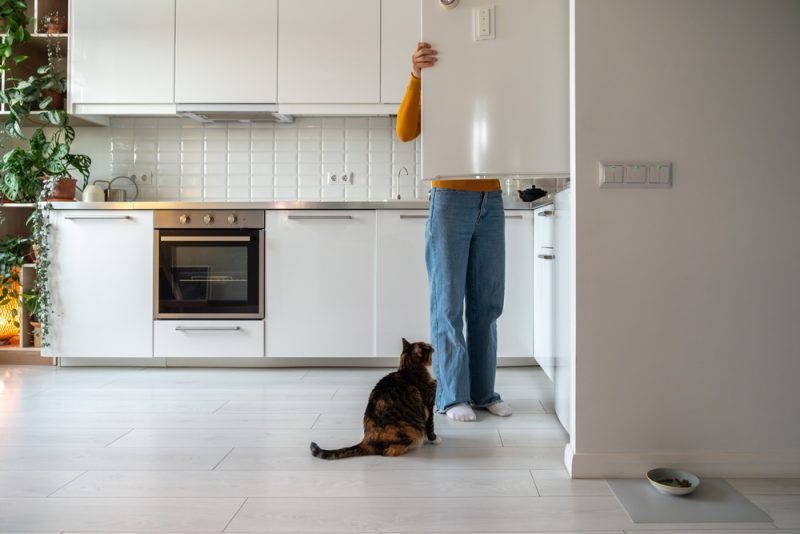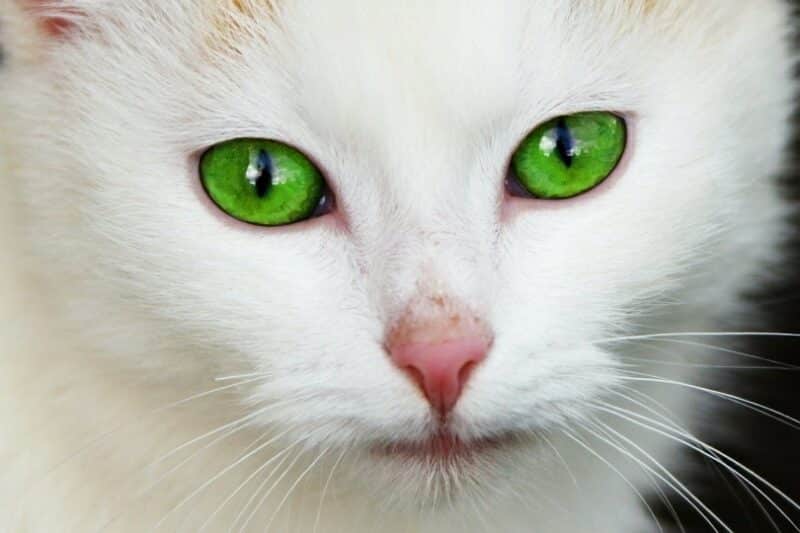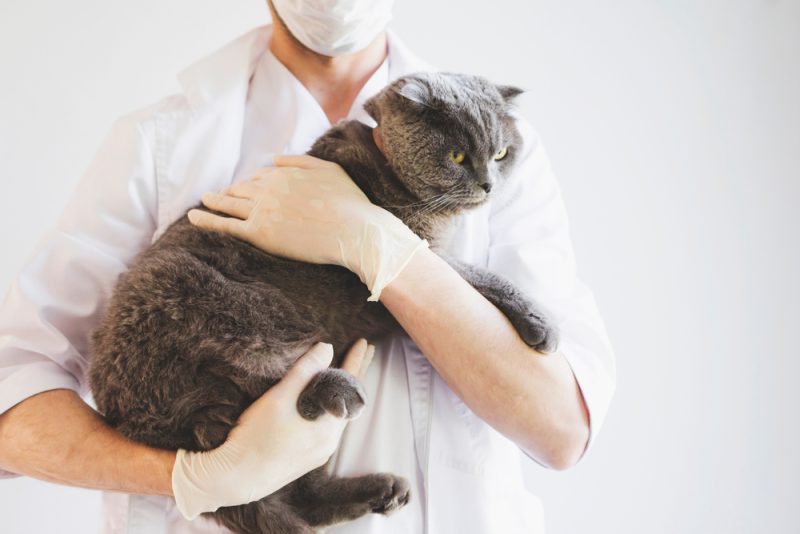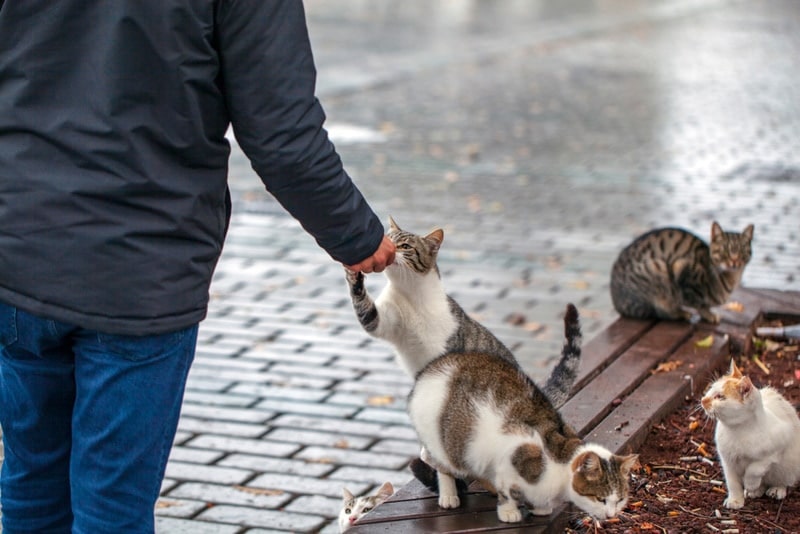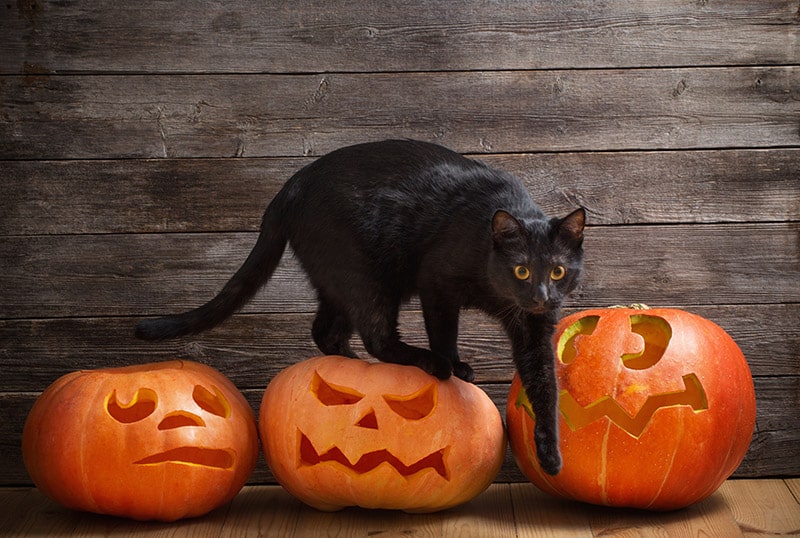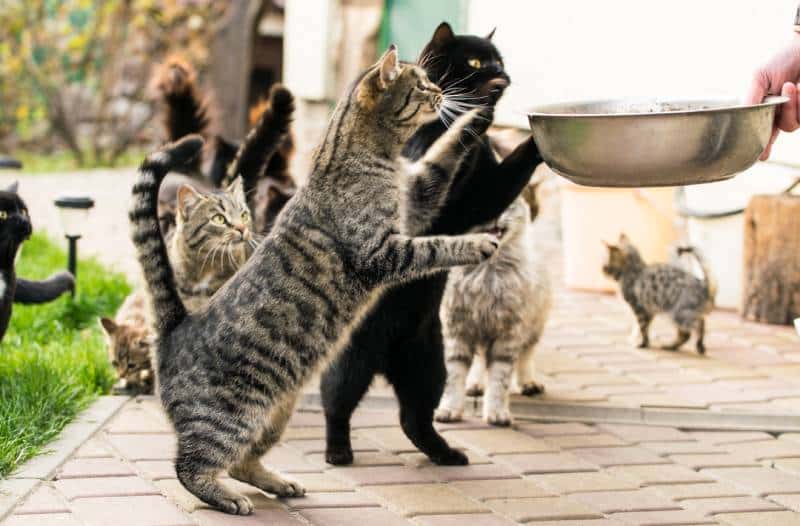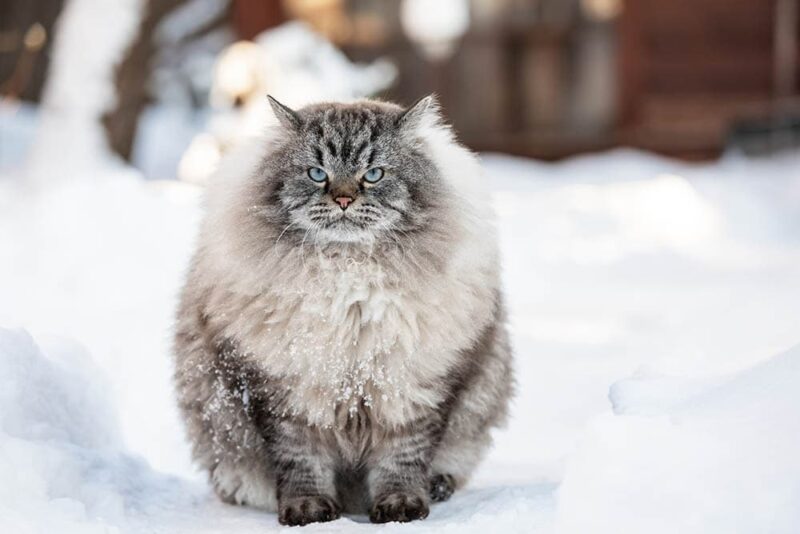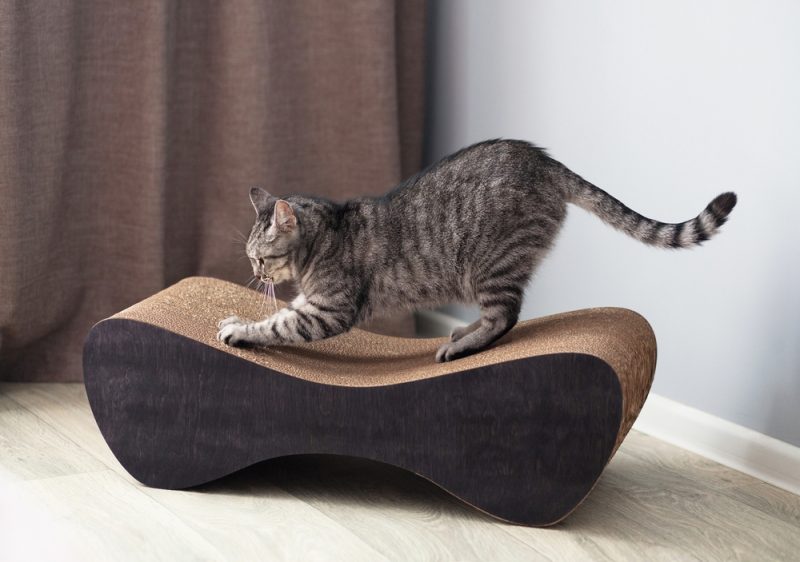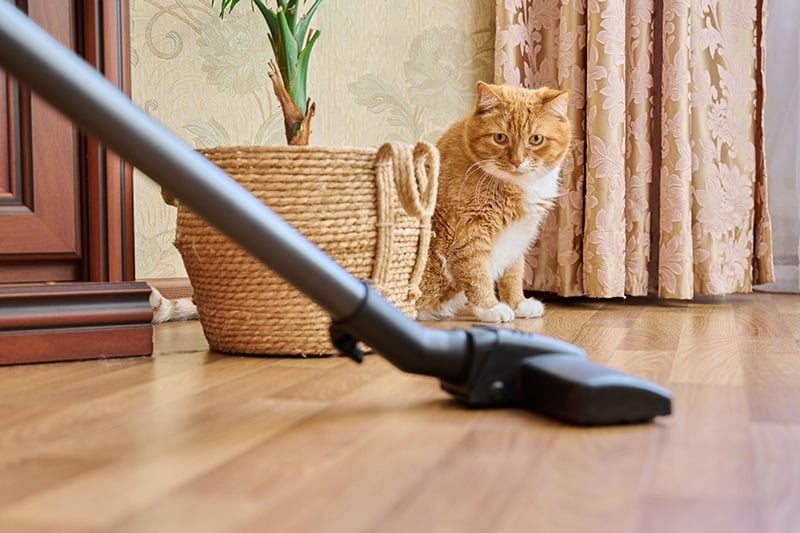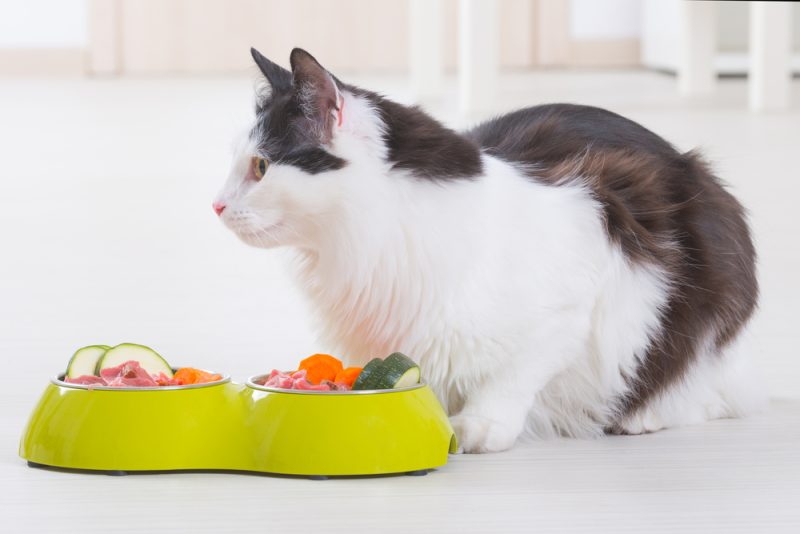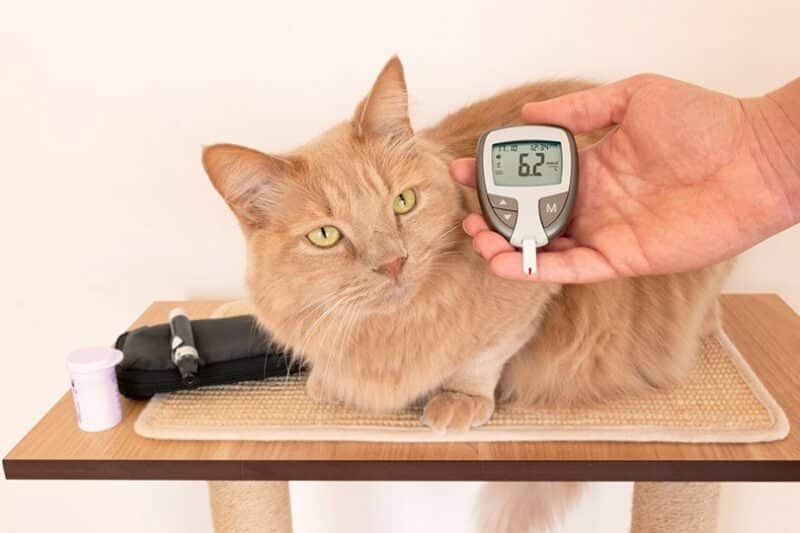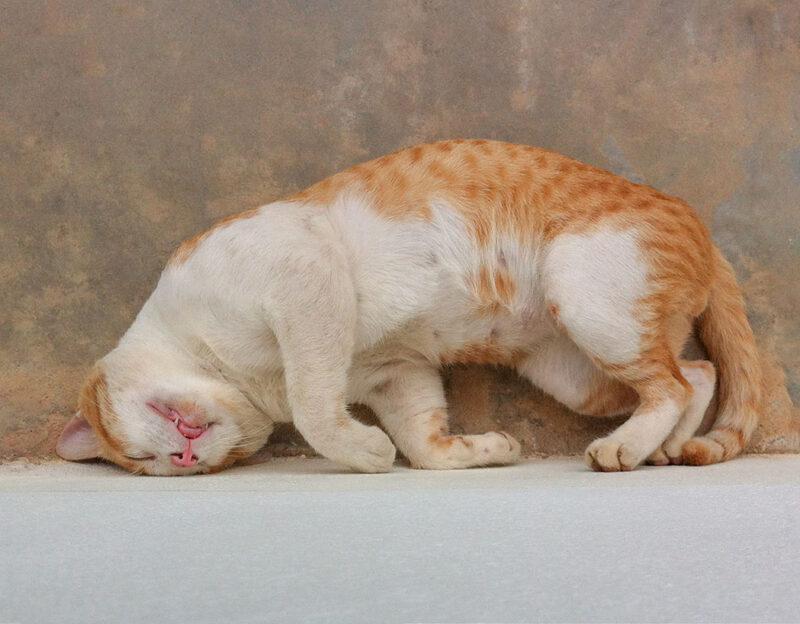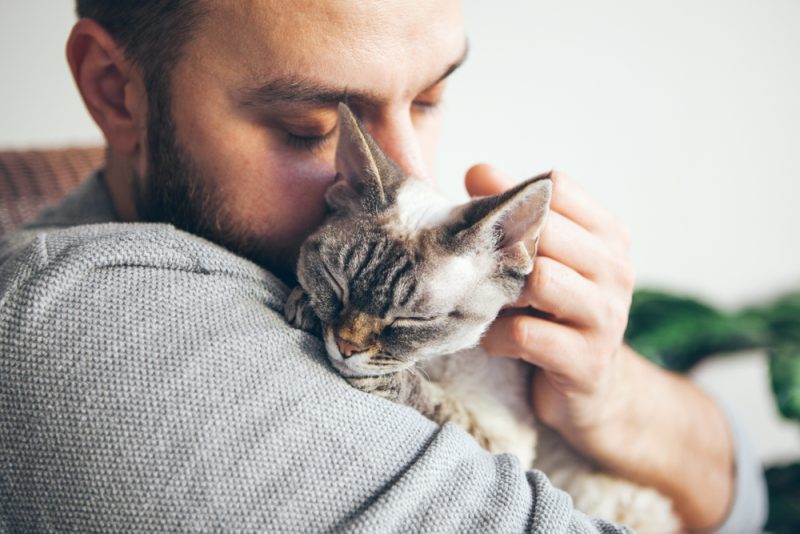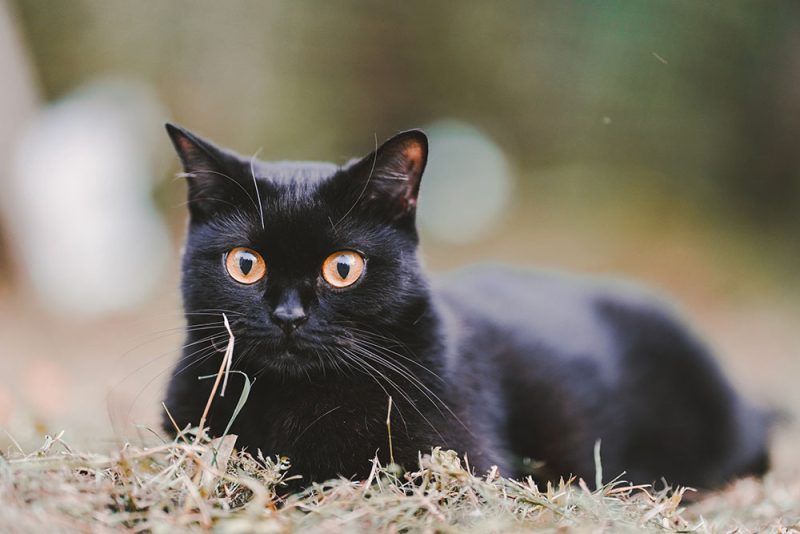Dating back to 17th Century Japan, the beckoning cat or lucky cat, is a symbolic figurine that is often seen displayed in Chinese and Japanese shops and homes. It has also become popular around the world as a sign of friendship, good luck, and wealth.
The history of Maneki Neko dates back to the 17th Century but while the cat is sometimes referred to as the waving cat, it is actually beckoning visitors to approach.

About Maneki Neko
Maneki Neko is a well-known symbol of good fortune displayed in restaurants, cafes, shops, and homes around the world, but especially popular in Chinese and Japanese culture. They are traditionally white cats, made of porcelain, and decorated with gold paws, big yellow and black eyes, and patches on the arms.
Such is the belief in the good fortune that these lucky cats bring, they are also left on shrines.
Maneki Neko History
The exact origin of Maneki Neko is somewhat disputed, but one of the most endearing and enduring tales is that local ruler Ii Naotaka was saved from a lightning bolt while visiting the Gotoku-ji temple in Setagaya Ward, Tokyo.
The abbot’s cat, Tama, beckoned Ii Naotaka into the temple, thereby saving his life from a lightning bolt. The cat was made a patron of the temple and, today, there are many statues of the lucky cat found on the site.
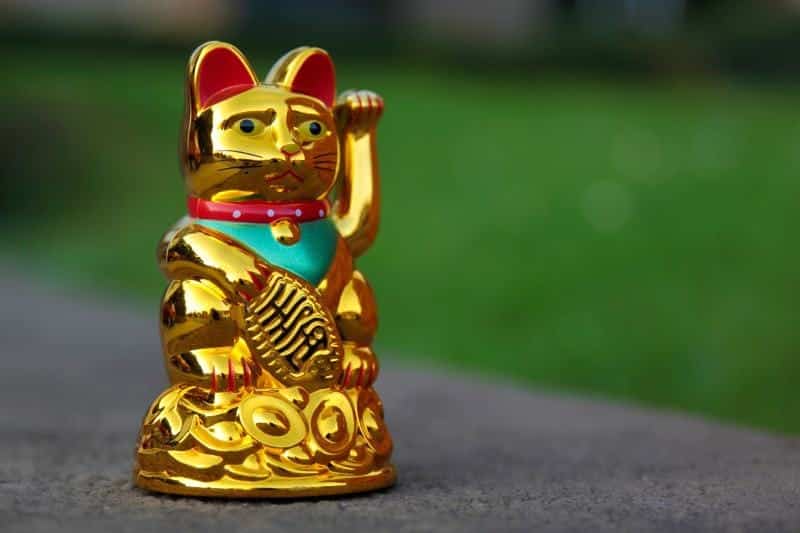
Maneki Neko Color Meaning
The most common color of Maneki Neko is a white cat with orange spots. But, different colors represent different meanings.
- A calico cat is black, orange, and white and is the traditional combination and considered the luckiest.
- White cats represent happiness and positivity.
- Gold is the color most closely associated with money and wealth.
- Black is meant to represent good and is used to ward off evil.
- Red cats are said to bring success in relationships.
- Green Maneki Neko are supposed to bring good health.

The 4 Facts About Maneki Neko
1. The Waving Cat Is Not Waving
Although many people describe Maneki Neko as the waving cat, he is actually beckoning. In Japan, it is traditional to hold the hand up with the palm facing forward and the fingers curled over, to beckon people closer. Maneki Neko even translates as “beckoning cat.”
2. The Lucky Chinese Cat Is Not Chinese
Maneki Neko is also referred to as the lucky Chinese cat. While the history of the figurine is somewhat debated, it is generally accepted that it originates in Japan and not China. However, the lucky cat has been adopted throughout China and, to a lesser extent, in other countries throughout the world.
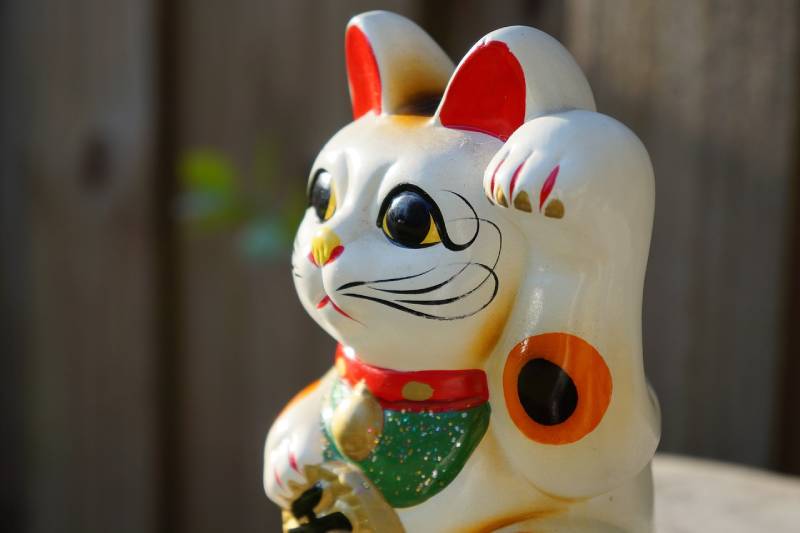
3. They Often Hold Things In Their Paws
You may see some Maneki Nekos holding things in their paws. Different represent different things, although most have to do with wealth and prosperity. The cat might be holding a fish, marble, gem, money mallet, or a Japanese coin.
4. Some Are Left Handed, Some Are Right Handed
In the same way you can see different colors and cats carrying different items, you may have also noticed that some cats raise their left paw, some raise their right, and some raise both. The left paw is meant to attract customers while the right paw invites wealth. Both paws are said to attract both and are popular in restaurants and shops to attract spending customers.

Conclusion
Today, Maneki Neko is seen globally as a sign of good luck and is supposed to bring good fortune to those who display it. Traditionally, it is likely that they originated in 17th-century Japan before spreading to China and eventually to other countries of the world. Although they all represent good luck and the majority are said to bring wealth and good fortune, different colors represent different types of luck.
And even the hand that the cat is waving represents a different type of fortune.
See Also:
Featured Image Credit: LoulouVonGlup, Shutterstock
